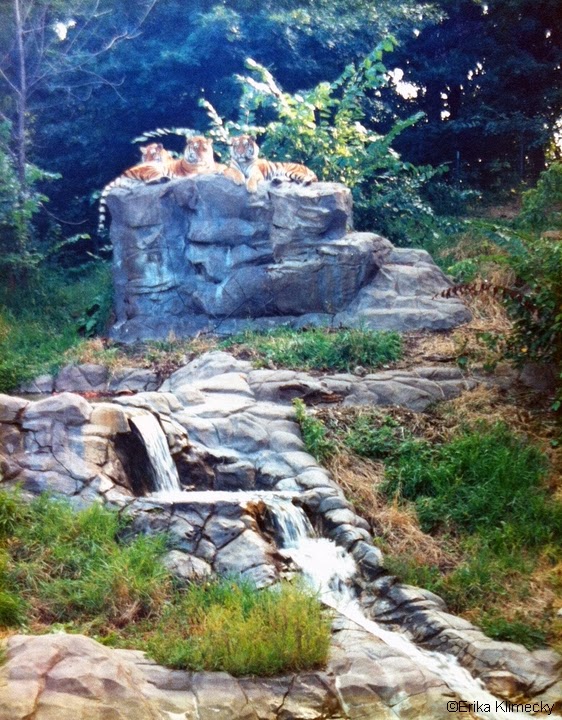Active Mind, Creative Spirit
The Allure of Wildlife Photography

Once I committed to a fine art photography degree in college, I took an interest in animal photography. I spent hours in front of the Siberian Tiger exhibit at my local zoo, waiting for the four of them to do something interesting. Everything was still film then, so it was more waiting than anyone with a DSLR can imagine today (no test shots, no chimping). But all that time I wasn’t just waiting for the shot, I was learning the animals in their habitat. I wanted to know which one was dominant, which one was most receptive to new sounds, who roared loudest and who paced the most neurotically. It cemented my love of big cats to be that close to them, hear them, smell them and understand a little about how their days went by. Telling a story with photos demands getting to know your subject in some respect. That’s the part I appreciate most, I guess. I considered being a wildlife photographer for a moment, though I didn’t really know what that would entail outside of following Jane Goodall into the jungle. So I shot cityscapes and things that were more often around me, and told those stories instead.
Fast forward to some of my current photographic inspirations and their work. Art Wolfe just succeeded on his third and final attempt to capture snow leopards in the far reaches of the Himalayas. And this is where I get ambivalent about wildlife photography. I’d like to think that all the photographers who are inspired by Art Wolfe and the like, are doing so because the images evoke a love of the people and the animals that he captures; that he brings another world to us through images and we appreciate that subject more for the image he presents. The National Geographic thing, right? But that’s just my idyllic imagination, apparently. The saddest thing about the link above is the first comment and what it denotes: “What lens?”
So many people are trying so hard to emulate “What Art did,” that they miss the point completely. Sigh.
